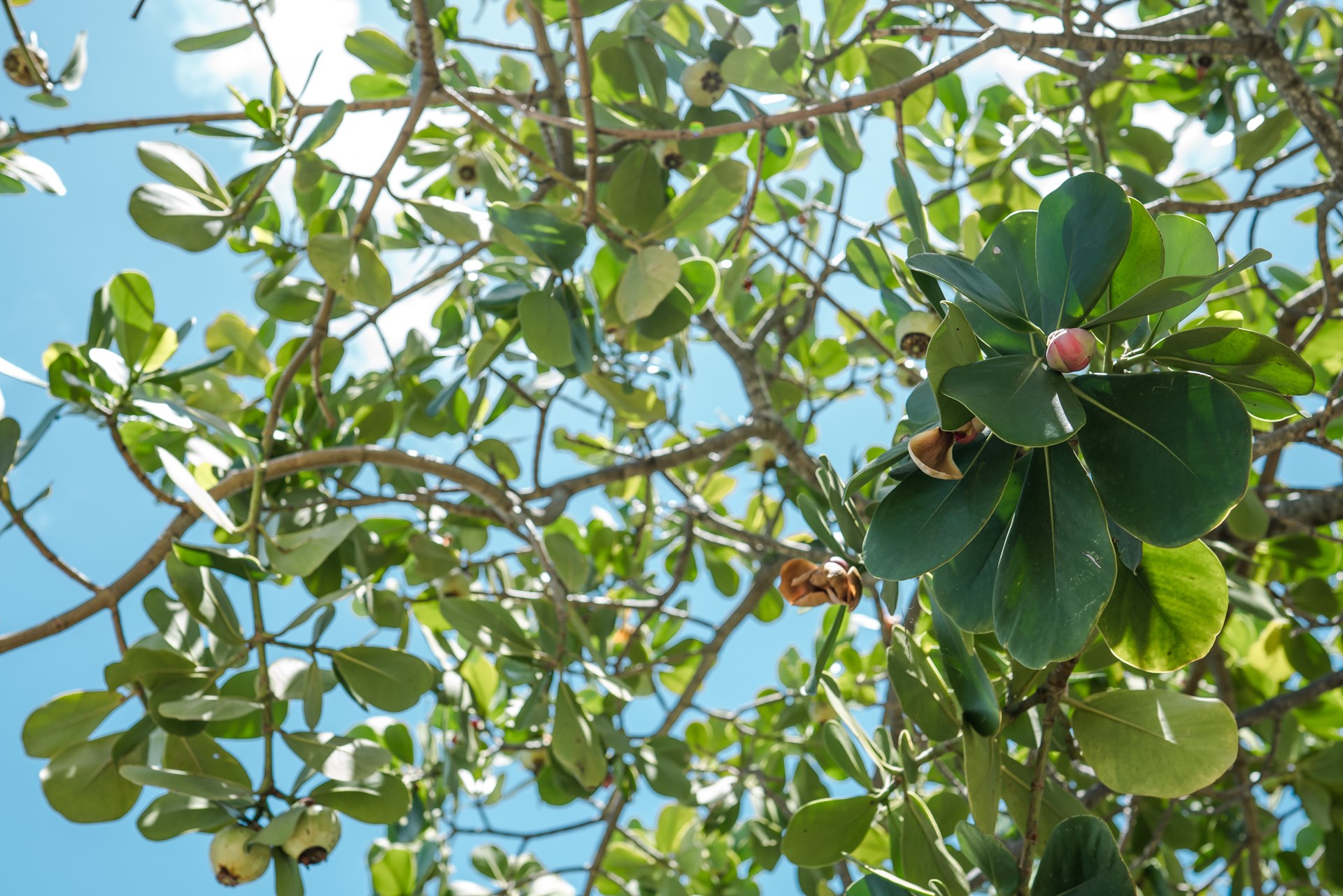

In horticulture, there are cases where plants behave so similarly, they could almost be the same, except for the genetic make-up.
This is the case with the autograph tree, or Clusia rosea. It begins life like two other well-known tropical trees – ficus and schefflera – as an epiphytic seedling, or a strangler. It is not parasitic in nature in that it does not get its water or nutrients from the host plant, but instead gets them from the air. However, as it grows on or in the canopy of another tree, it will send down aerial roots to the ground where it will then access the soil for water and nutrients, eventually killing or “strangling” the host tree.
Autograph tree has a wide range of nativity, from Florida to Mexico, down through Central America, northern South America and across the Caribbean. It is widely used as an ornamental in the tropics due to its tolerance for an array of soil profiles and for salt/salt spray. Still, it performs best in a sandy, well-draining soil.
Ordinarily grown as a large tree reaching heights of 30 feet, with only a marginally smaller spread, it can also be grown as a hedge, a specimen container plant or a low spreading shrub. It is a low-maintenance specimen that does not suffer from many pests or diseases and can be easily propagated by seed or cutting. Once the fruit develops, it symmetrically cracks open and the seed is dispersed by either birds or by removing them from the pod. Although rumoured to be eaten by bats, the fruit is known to to toxic, so care should be taken around children and pets.
Full sun and even dappled shade will keep this evergreen happy and flowering on and off year-round in the tropics. The autograph tree can withstand periods of drought as well, once established.
The exotic appearance is evident in its thick paddle-shaped succulent/leathery leaves, and large pale pink/white flowers.
It got its name because its leaves are so thick that a person can write or lightly carve on them and the writing will stay for as long as the leaf is attached to the tree. Historically, the people of the West Indies would use the leaves to make decks of playing cards or on which to write notes. The fruits were sometimes used for game balls and the lumber used for firewood.
In Camana Bay, the autograph tree can be found near the northern fork on the west side of the Rise, near the West Bay Road underpass.
This article was originally published in the July/August print edition of Camana Bay Times.